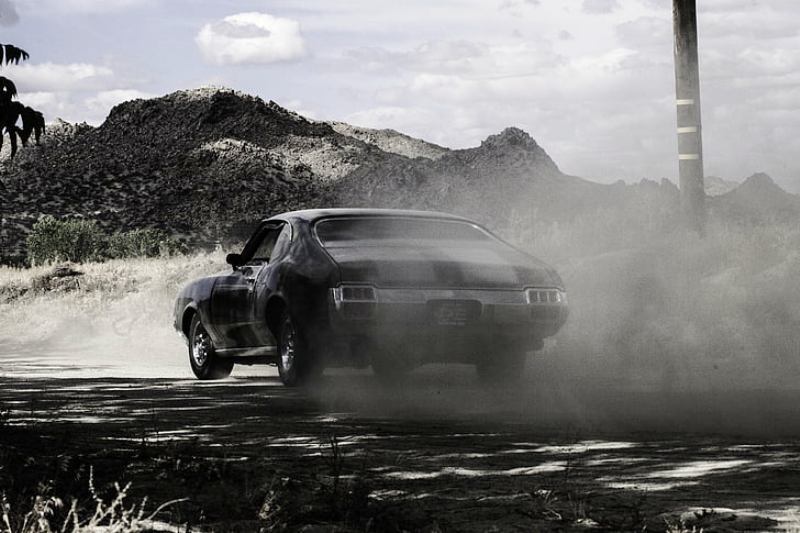The technical inspection is mandatory for all vehicles on the road. To pass it, your vehicle must be technically impeccable. Among the 133 points checked, one element is of particular concern to users: the control of pollutant emissions. Indeed, it is difficult to determine the quantity of pollutant emissions of your vehicle without measuring instruments. 1 vehicle out of 5 is sent back for inspection, and pollution is one of the main causes. Follow our advice to prepare your vehicle for the technical inspection.
A polluting car, what are the causes?

A vehicle is said to pollute when it emits a high quantity of gases harmful to the environment in relation to its condition (year of first registration), but also according to European standards. Many elements of the car can be at the origin of this excessive emission of pollutants.
The age of the vehicle
The wear and tear of certain engine parts is often the cause of pollutant emissions. Therefore, it is necessary to maintain the car properly (revision, oil change, and replacement of parts if necessary).
The conditions of use of the vehicle
A car that is often driven in the city at low speed is more prone to pollution problems compared to a car that is often driven on highways.
Parts failure
Wear and tear or clogged parts are also the cause of pollutant emissions. Therefore, it is recommended to check certain parts, especially on the exhaust system, regularly and to clean them.
How does the emission of pollutants from a car manifest itself?
Although it is difficult to clearly determine whether a car is polluting, there are more or less distinctive signs.
Black smoke coming out of the car

If black smoke comes out of the exhaust pipe, it means that the car is more polluting. It also means that it consumes a lot of fuel. So, check the fuel intake and exhaust system.
The car makes white smoke
White smoke is usually caused by:
-
- Loss of head gasket seal
-
- A leak in the oil cooler
-
- Incomplete combustion of fuel
-
- If white smoke is detected, it is urgent to repair the car. This problem is often serious and inevitably causes complications.
How to make sure the car passes all the tests?
Maintaining the vehicle properly is the best way to ensure that it passes the technical inspection without any problems. However, this is not always enough. For example, if it is more or less easy to pass the test for certain elements, such as signals and safety equipment, for others (tires, axles, brakes, pollution), the criteria are more severe.
Passing the tire test
Well-maintained tires often do not have to worry about being flunked. Indeed, it is sufficient that the wear does not reach the indicators, i.e., 5 mm. The tire must also not be deformed or cut and must comply with the standard dimensions.
Passing the pollution test

To pass a pollution test, you must, above all, respect the vehicle’s maintenance schedule. If parts need to be replaced, go to a garage. To clean the filters and the various pipes, you should opt for deep cleaning of the engine (air filters, turbo, injector, etc.) or use an injector cleaner. A deep descaling can also be effective in reducing your car’s pollution emissions.
Finally, conditioning the vehicle is an excellent way to clean out some of the pipes. To do this, get on the highway and drive at high speeds for a few hours. Once the checks are completed, call a professional to carry out the technical control of your car. They usually carry out technical controls for all light vehicles and 4 x 4 and counter-checks.
Sound off in the comments section below and tell us what you want to read next and if you want to read more about cars.



Your blog is very informative; it gave us more information. Such great advice.